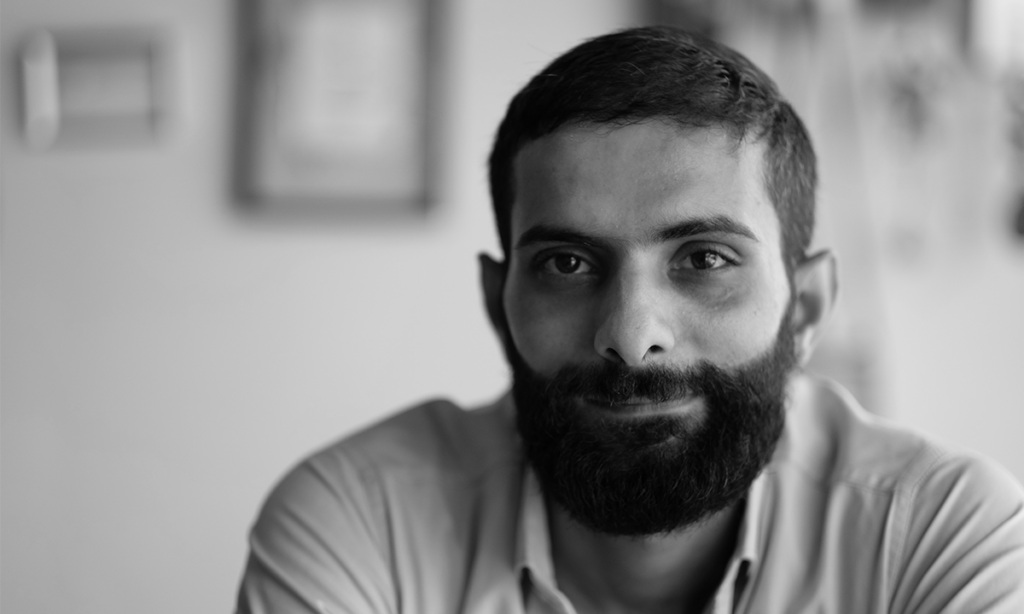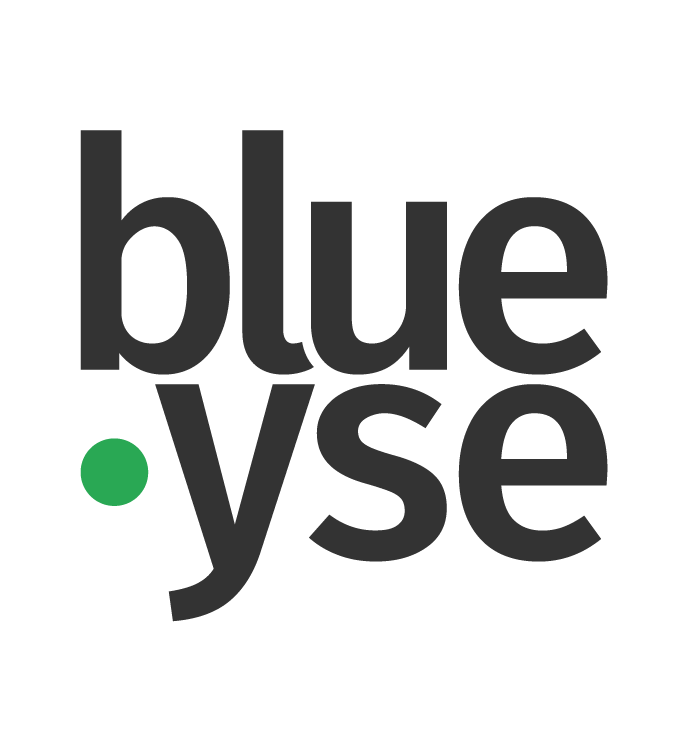
The proposal of an international mother tongue day was an initiative created by Bangladesh. In 1999, UNESCO approved the proposal, and since 2000, people have celebrated International Mother Tongue Day worldwide. February 21st is the day that Bangladesh pauses and reflects on the struggle of the recognition of the Bangla language. UNESCO believes in the importance of cultural and linguistic diversity and how it contributes to a sustainable society. Unfortunately, linguistic diversity is under increasing pressure. Partly because some languages are considered less important or less valuable. If this process of globalisation continues, everything around us, including languages and cultures, will start to resemble each other.
Mother tongue languages provide a sense of security and home.
UNESCO advocates for multilingual education with the mother tongue as the foundation, especially in the early stages of education. Mother tongue education has cognitive, emotional, cultural and social benefits. A second language is easier to learn if it builds on a broad base in the mother tongue. Language is an expression of identity. When a child is not allowed to use their mother tongue in school, they may believe that a part of themselves is forbidden. Recognising and allowing them to use their mother tongue thus increases self-confidence, parent involvement, and teacher-student interaction. Moreover, for multilingual children, their ability in problem-solving, creativity, and adaptability increase.
Monolingualism is not the norm.
Worldwide, at least 60% of the population speaks an additional language at home. In the Netherlands, it is about 25%. So monolingualism is not the norm: it is the other way around. Yet our education system has been “developed for, and largely by, monolinguals,” says Sharon Unsworth, a linguist at Radboud University. Multilingual make it possible to connect with more people and places; they also make it easier to pick up other languages, experts say. According to research, Unsworth says it is a mistake to suppress a child’s native language to promote integration.
Critical UN report
In 2021, the UN Committee on Racial Discrimination (CERD) published a report expressing concern over reports that some students in the Netherlands were “banned or punished for speaking their home language in the school environment.” CERD recommended that schools take measures to prevent this and ‘expand teacher training in multilingual education.’
OECT abolished in 1995
OECT stands for Education in One’s Own Language and Culture and refers to the number of hours children from ethnic-cultural minorities learn in their own language and culture. OECT was abolished in 2004 despite criticism from prominent linguists. After this, there was no new national policy to enable native language education.
The Netherlands makes a turn.
Children of asylum seekers should learn their mother tongue language in school in addition to Dutch, writes the Ministry of Education and the PO Council 2017. According to one of the brochure’s authors, Maaike Hajer, a lecturer of language didactics, it is scientifically proven that providing the mother tongue language in education is much better. One solution could be to employ a multilingual staff, Hajer indicates. The question is whether this will work. The past has shown that it is challenging to simultaneously organise high-quality language education for many language groups.
The Swedish inclusive vision
Sweden has a structural, national vision. Every municipality facilitates a mother tongue education system if the following conditions are there: there are at least five children, there is a suitable teacher available, the language must be the means of communication with one of the parents, and the children must have basic language skills. In Sweden, the view of education for newcomers focuses on creating an inclusive one: ’there is no separate category for Newcomer children where a temporary, special approach is needed,’ says Hajer, ‘ they must belong with their peers in regular education. This means that all teachers must be able to offer multilingual support.’ In addition, there is a qualification required to teach Swedish as a second language.
Sweden sets an example
Although native language teaching in Sweden is achieving success in school performance and integration, there are still practical problems with the program. Despite the practical issues, the native language teachers have a strong sense of contributing to the development of their students. It contributes not only to identity formation but also to the acquisition of Swedish. With this, Sweden is an example that other countries with many newcomers could learn something from.
Sources
Sustainable Education: https://duurzaamonderwijs.com/2017/12/05/wat-is-het-verschil-tussen-tweetalig-onderwijs-clil-oetc-en-functioneel-veeltalig-leren/
Refugees and education: https://www.onderwijsraad.nl/publicaties/adviezen/2017/02/23/vluchtelingen-en-onderwijs
Education in the mother tongue: https://didactiefonline.nl/artikel/onderwijs-in-de-moedertaal
Mother language education in Malmö, Sweden: https://www.tijdschriftles.nl/inhoud/tijdschrift_artikel/LE-35-0-3/Moedertaalonderwijs-in-Malmo-Zweden
Speaking just one language is not the norm: encouraging bilingualism in NL: https://www.dutchnews.nl/features/2022/02/heritage-language-schools-are-nurturing-bilingualism-in-the-netherlands/
